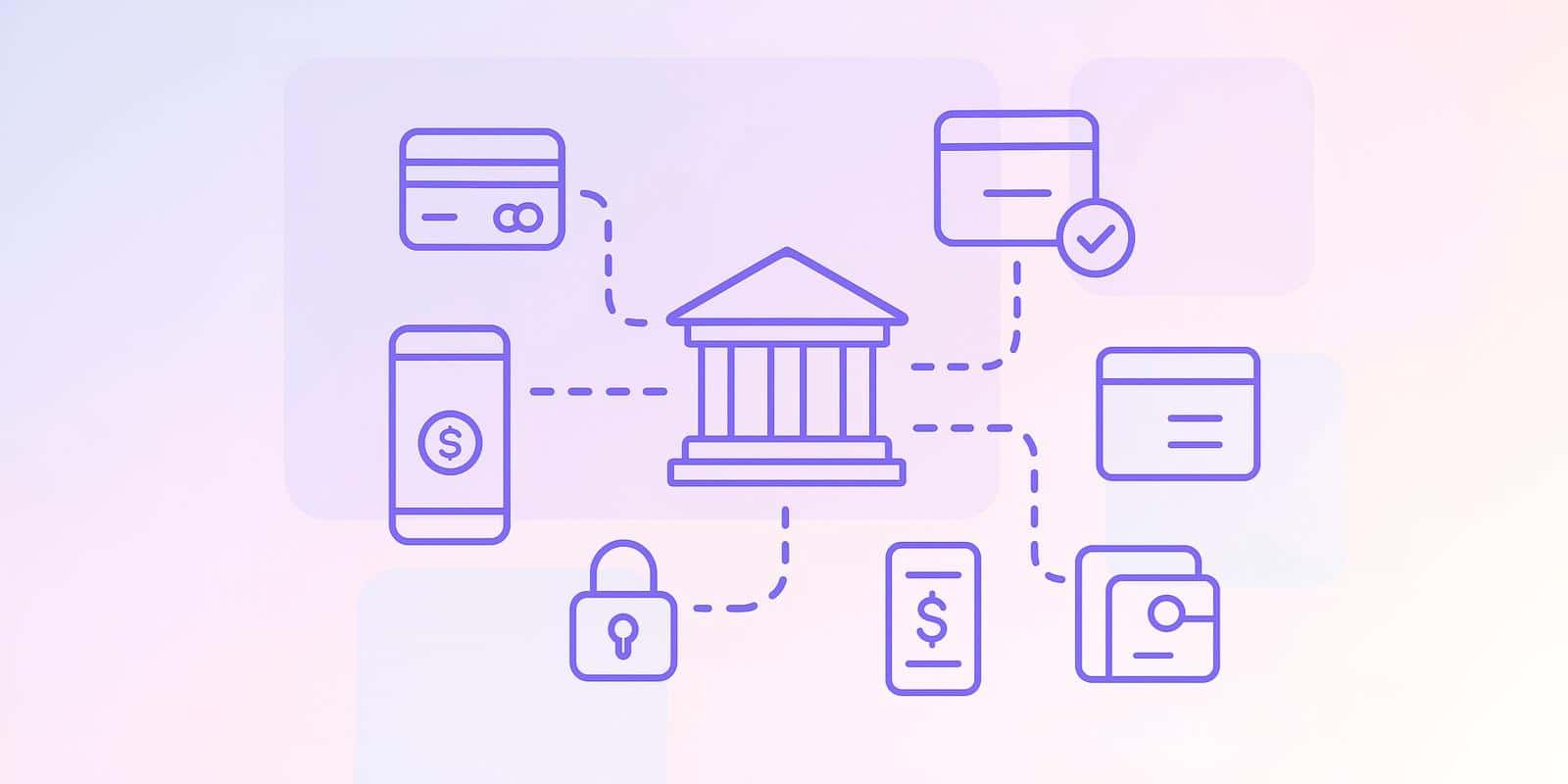수익 모델
What is Banking as a Service (BaaS)?
게시일: 10월 3, 2025

What is Banking as a Service (BaaS)?
Banking as a Service (BaaS) is a business model where licensed banks and fintech companies offer their infrastructure and APIs to other businesses.
This framework permits non-financial companies to integrate products like payments, loans, and accounts, possibly circumventing the need for a banking license.
How does Banking as a Service (BaaS) work?
BaaS follows these steps:
- Regulated banks create infrastructure and expose it through financial APIs (FAPIs)
- Non-financial companies integrate these APIs into their systems.
- Businesses can then offer white-labeled financial products (credit cards, accounts, payments) under their own brand
A retailer issues a branded credit card powered by a BaaS provider.
How is BaaS different from traditional banking?
Baas is different from traditional banking in the following ways:
- 라이선스: BaaS companies rely on banks’ licenses; traditional banks operate their own.
- Infrastructure: BaaS uses APIs, while banks build end-to-end infrastructure.
- 경험: BaaS offers embedded, customized services; banks offer standardized ones.
- Innovation speed: BaaS enables faster product launches.
Who benefits from Banking as a Service?
BaaS is used by a number of business types:
- Banks: New revenue streams and extended reach
- Fintechs: Rapid innovation without heavy infrastructure investment
- Non-financial brands: Stronger customer loyalty with embedded products
- 소비자: More convenient, personalized, and accessible financial services
Why is BaaS important?
Here are the reasons why the BaaS model is relevant:
- reaching new audiences relates to the scope of financial inclusion.s
- this approach may lead to cost adjustments for companies due to a possible reduction in reliance on in-house banking infrastructure.
- bank competitiveness may be affected by innovation and partnerships.
- allows for the connection of financial products to standard digital interfaces.
What are the pros and cons of BaaS?
BaaS has both advantages and disadvantages like any other business models:
| BaaS Benefits (Pros) | BaaS Drawbacks (Cons) |
| Faster product development with pre-built API | Limited customization compared to fully bespoke solutions |
| Lower costs and faster time-to-market | Risk of vendor lock-in |
| Easy scalability for growing user bases | Data security and regulatory compliance challenges |
| Access to ready-made features and compliance frameworks | Less control over underlying processes |
| – | Not suitable for highly unique or complex financial products |
When is BaaS most suitable?
BaaS is an option for:
- startups and SMEs wanting quick deployment of financial services
- non-financial businesses looking to add embedded financial products
- banks seeking to modernize and expand their digital offerings
- companies needing agility, scalability, and reduced upfront investment
What risks are associated with BaaS?
Some of the risks that merchants need to be aware of when using BaaS include:
- cybersecurity threats (breaches, fraud, attacks)
- service outages or disruptions from the provider
- 규제 준수 risks (data protection, financial laws)
- financial risks from provider errors or fraud
- reputational risks if customer data is compromised
- integration challenges with existing systems
- vendor dependency, making switching costly or difficult
How do I choose the right BaaS provider?
Consider the following aspects if you are looking for a BaaS provider:
- define business needs and required features
- assess scalability, compliance, and security standards
- review integration compatibility with existing systems
- compare pricing and contractual flexibility
- prioritize regulatory alignment (e.g., HIPAA for healthcare)
- run a Proof of Concept (PoC) before fully committing
결론
The Banking as a Service (BaaS) model is changing how fintech companies are offering their products and services to their audiences. Offering a wider array of payment methods, such as loans and embedded payments, through BaaS, may influence speed, scalability, and expenses. However, it is up to the merchant to consider aspects like compliance or security.